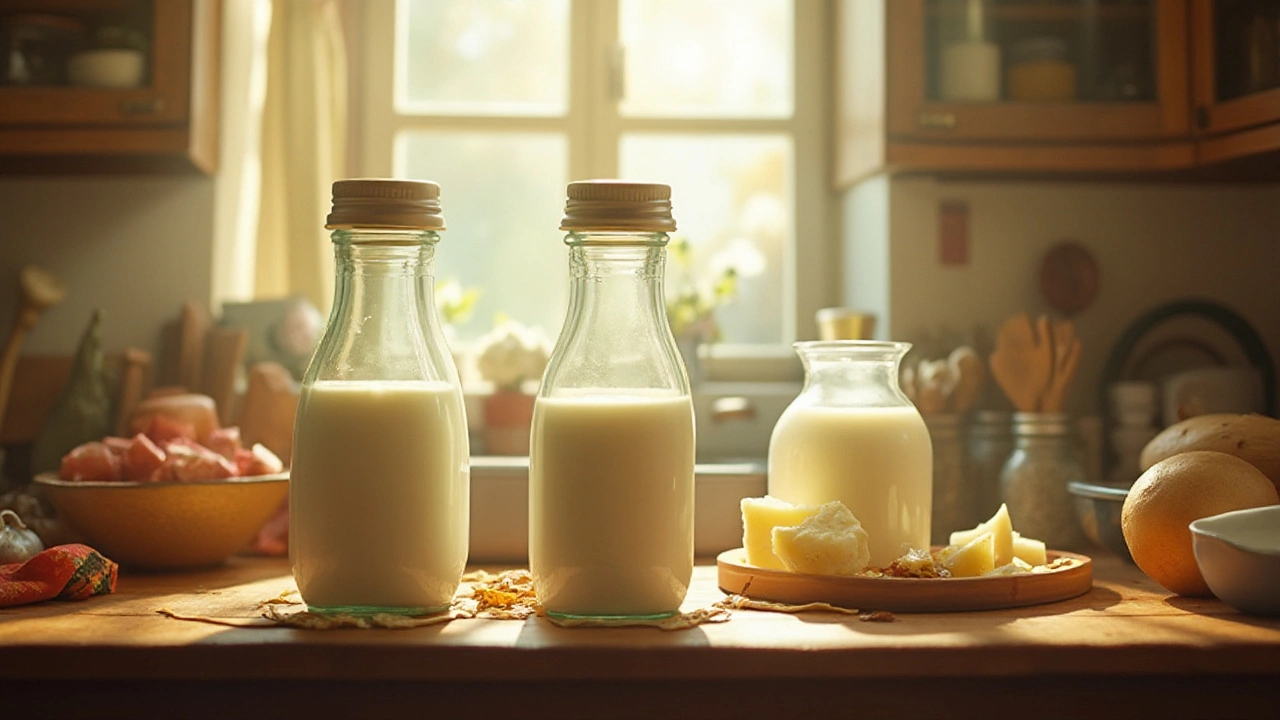Prevent Curdling: Simple Kitchen Hacks
If you’ve ever taken a bite of a split sauce or a grainy yogurt, you know how disappointing curdling can be. The good news? Most curdling problems are easy to fix before they ruin your dish. Below you’ll find real‑world tricks that work for sauces, soups, dairy drinks, and even homemade paneer.
Why Does Curdling Happen?
Curdling occurs when proteins in milk or eggs get shocked by heat, acid, or sudden temperature changes. When the protein strands tighten too fast, they separate from the liquid and form clumps. In a tomato‑based sauce, the acid in tomatoes can cause dairy to split. In a custard, high heat or a rapid boil does the same. Understanding the trigger helps you stop it before it starts.
Simple Ways to Keep It Smooth
1. Warm up dairy slowly. Add milk or cream to a hot pan over low heat, stirring constantly. If you need to add cheese, do it at the very end when the pan is off the burner.
2. Use a starch barrier. Mix a little flour, cornstarch, or arrowroot with cold water before adding it to a hot sauce. The starch coats the protein and prevents it from clumping.
3. Control acidity. If a recipe calls for tomatoes, add a pinch of sugar or a splash of cream to balance the acid. For yogurt‑based sauces, temper the yogurt: thin it with a bit of water, then slowly whisk in a spoonful of the hot sauce before mixing it all together.
4. Keep the temperature steady. Avoid rapid boils. Simmer instead of a rolling boil, especially when you’re working with egg‑based custards or cream soups.
5. Choose the right dairy. Full‑fat milk and cream are less likely to curdle than low‑fat versions because the fat protects the proteins. When making paneer, use full‑fat milk and add the acid (lemon juice or vinegar) gradually.
Try these steps the next time you make a butter chicken sauce, a spinach‑cream soup, or a simple raita. A few minutes of extra attention can turn a potential disaster into a silky, delicious dish.
Got a curdling nightmare you can’t solve? Write down what you were doing, note the temperature, and check the acidity level. Tweaking one of those variables usually fixes the problem. Keep experimenting, and soon you’ll know exactly how to keep your dishes smooth every time.
How to Prevent Milk from Curdling While Making Paneer
Making homemade paneer can sometimes lead to the annoying issue of milk curdling unexpectedly. This article offers three effective ways to avoid this problem. Learn about optimal milk selection, controlling temperatures, and using stabilizing ingredients. With practical tips and insights, create smooth and perfect paneer every time.
